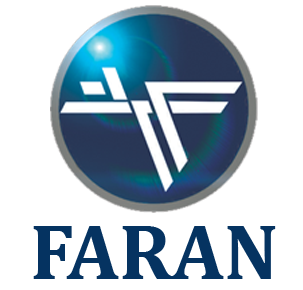A sanitary wastewater treatment eliminates microbial contamination and treats all contaminating agents in form of BOD, COD and TSS down to the environmental standards. This wastewater contains organic substance, fat, carbohydrate and solid particles that must be treated before it returns to the natural cycle or to be reused.
The key process in the sanitary wastewater treatment is biological treatment methods: aerobic and/or anaerobic.
Removing of the suspended solids in sanitary wastewater by physical methods and separation of fat and other low-density components by means of floatation process, and then, use of aeration and sedimentation unit are the most common type of treatment. By using this package, wastewater can be used to irrigate or discharge into rivers and sea.
Since the past years, FARAN has collected lots of successful experiences in designing and fabrication of prefabricated skid-mounted wastewater treatment packages for small capacities up to 200 cubic meters per day and construction of civil based treatment plants for the large scale applications.
| Wastewater Composition | Poor | Moderate | Strong |
| Fresh Sewage Color | gray | gray | gray |
| Old Sewage Color | black | black | black |
| BOD5 (mg/l) | 200 | 250 | 600 |
| COD (mg/l) | 400 | 700 | 1000 |
| TSS (mg/l) | 100 | 200 | 300 |
| TKN (mg/l) | 15 | 40 | 60 |
The treated wastewater quality which is discharged from the sanitary treatment package must be in accordance to the environmental standards as follow:
| Wastewater Composition | Discharge into Absorbing well | Discharge into Surface waters | Agriculture and Irrigation consumption |
| BOD5 (mg/l) | 30 | 30 | 100 |
| COD (mg/l) | 60 | 60 | 200 |
| TSS (mg/l) | – | 40 | 100 |
| Nitrate (mg/l) | 10 | 50 | – |
In some projects, the end user is interested in recycling the treated stream for irrigation and other applications. In these cases, some complementary processes such as ultrafiltration, advanced oxidation and reverse osmosis depending upon the desired quality may be required.

